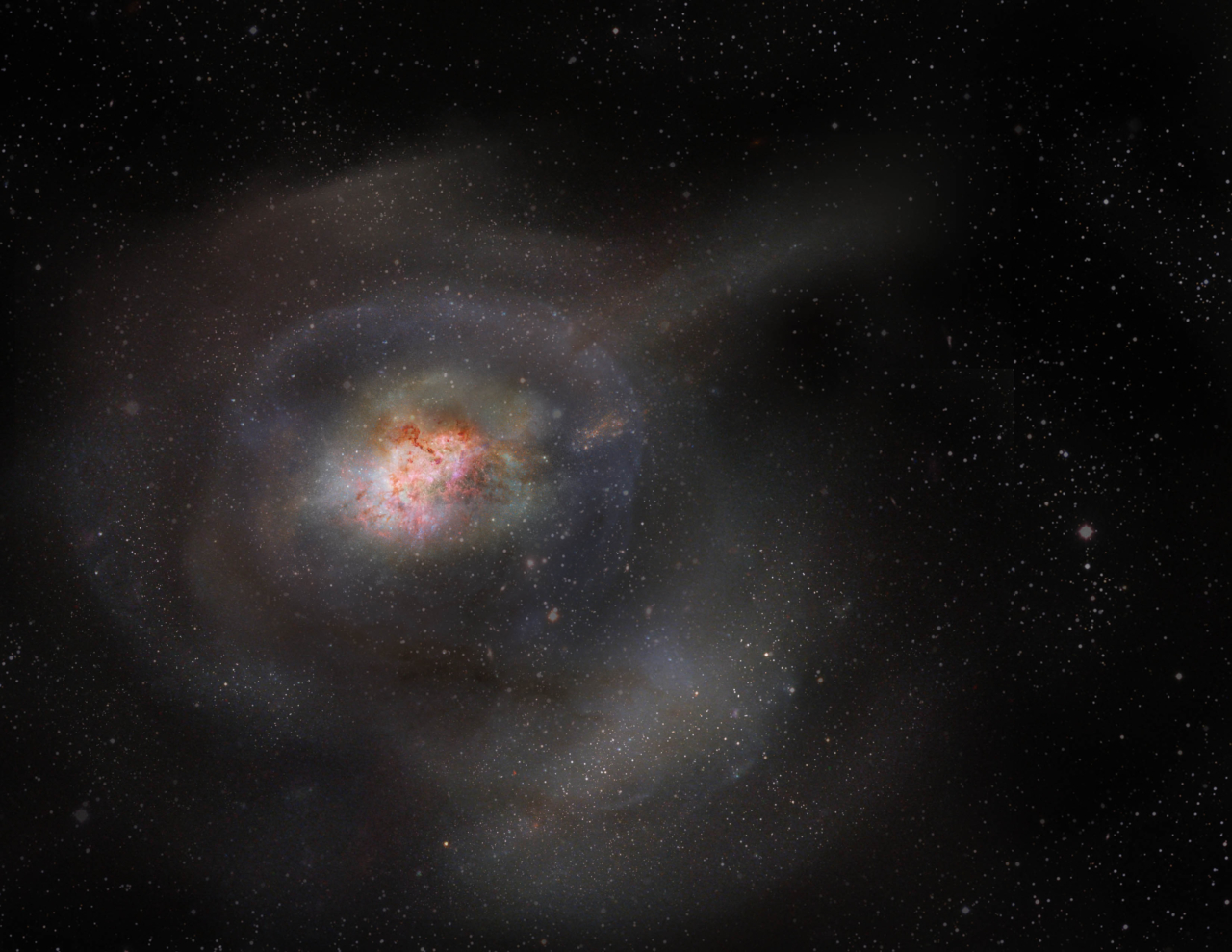While studying a nearby pair of merging galaxies using the Atacama Large Millimeter/submillimeter Array (ALMA)— an international observatory co-operated by the U.S. National Science Foundation’s National Radio Astronomy Observatory (NRAO)— scientists discovered two supermassive black holes growing simultaneously near the center of the newly coalescing galaxy.




